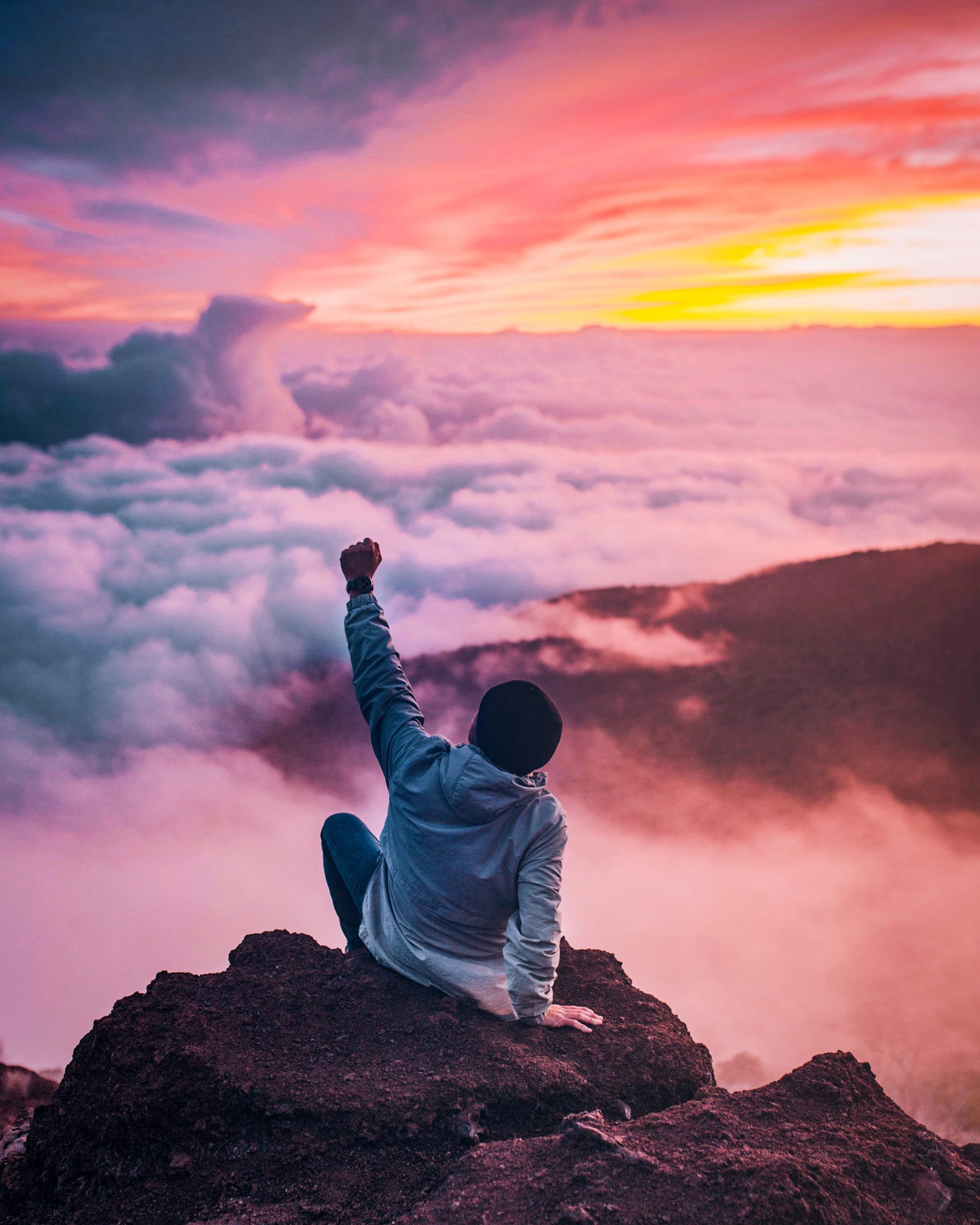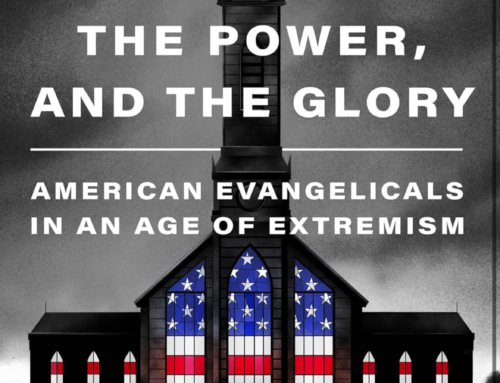As I read through a biography of early 20th-century preacher Aimee Semple McPherson, when I reached the part about 1918, I prepared to read extensively about the devastation of the 1918 Influenza Pandemic and the impact that it had on her ministry.
I was surprised to find that the author devoted a few sentences to the epidemic by detailing that she was not able to hold a public meeting due to the churches being closed and that she was able to visit one of her preaching role models because the churches had opened back up and she was able to travel again.
What gave me pause is that we know that the 1918 influenza pandemic was devastating, killing 50 million people worldwide and 675,000 here in the United States. (Source CDC Website)
Yet there were few sentences about the pandemic. My takeaway from that is Life Went On.
It is helpful for us to understand the context of the culture in the Early 20th century: People at the time were used to dealing with suffering and death. World War 1 was raging in Europe killing millions of people. Epidemics and Pandemics weren’t rare events with diseases like cholera, polio, yellow fever, and tuberculosis killing people or rendering them disabled.
Modern culture in the 21st century has relied on technology and advancements to shield citizens from suffering and premature death. Up until this Covid19 Pandemic, the United States had suffered minimal effects from deadly outbreaks.
At the start of the Covid19 pandemic in the United States, The initial guidelines here in San Francisco were that we would shelter in place for 21 Days in order to flatten the curve and not overwhelm our healthcare system. As I write this we are heading into our sixth month of sheltering in place in San Francisco with no reopening date in sight.
It is easy to fall into the downward spiral of losing hope as we watch Covid-19 cases rising through the United States, mounting death tolls, permanent local businesses closures, and housing concerns. Yet even in these tough seasons, we must remember that Life Will Go on.
Life will go on and we will rebuild. We will all have to work together as we rebuild: All races, all ages, all political persuasions, and all cultures. Everyone will have to pull together in order to make our next normal better than the pre-Covid19 normal.
I believe this pandemic was a wakeup call to show us our blind spots, show us where we have failed, and where we can make improvements.
Yes, Life will go on but still, The question remains for many: How do we get through this present moment?
The answer is simple but not easy.
We get through it One Day at a time. One Hour at a Time, One Minute at a Time, and one moment at a time.
While we have the hope that we will cross over and that life will go on, we still must live in this present moment and we can only get through it one day at a time. Helping one person at a time, staying away from one indoor event at a time, and counting each day that we make it through the “coronacoaster” as a win.
The generation that lived through World War 1 and the Influenza pandemic of 1918 would soon have to confront a stock market crash, depression, rise of totalitarianism throughout Europe, and then World War 2.
Yet Life went on.
We should not minimize the fact that we are facing our own unprecedented times: A worldwide pandemic, historic economic fallout, and social unrest. Life as we know it is undergoing a major shift.
Remember that there is hope for tomorrow, we will get through this one day at a time, and we will get through this together.







Leave A Comment